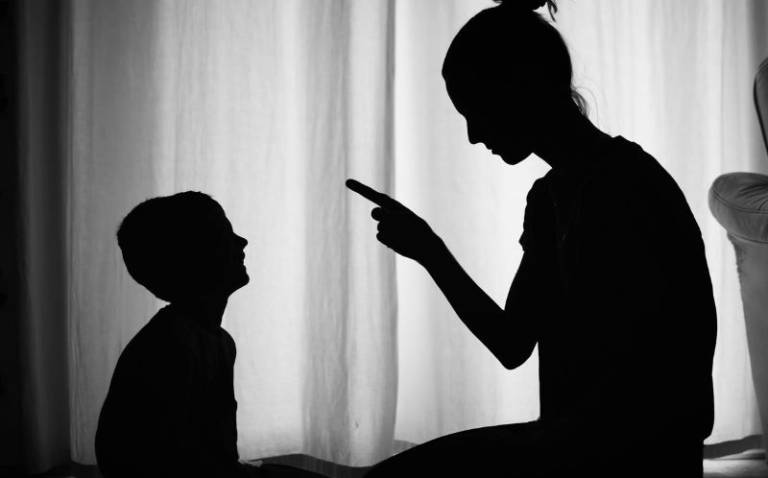In Eswatini, childhood should be a time of safety, growth, love, and discovery — but for far too many, abuse in its many forms, whether physical, emotional, sexual, or through neglect, casts a long shadow over their lives.
This abuse damages not only the immediate well-being of a child but can also undermine their long-term mental, physical, and social health.
| Eswatini Observer WhatsApp Channel
Local efforts — particularly by youth and community movements like One Billion Rising Eswatini (OBR Eswatini) through the Youth Community Circles — have begun to shift the discourse, offering both healing and prevention.
Understanding what is at stake, what has been achieved, and what remains to be done is crucial for a healthier future for the country’s children. The 2022 Violence Against Children and Youth Survey (VACS) reported that despite progress made, many children still experience violence.
Effects of Abuse on Children
Childhood abuse deeply affects every aspect of a child’s development, with lasting impacts on mental health, physical health, education, and social relationships.
In Eswatini, studies show that children who experience emotional, physical, or sexual abuse are significantly more likely to engage in risk-taking behaviours, self-harm, and struggle with mental health conditions such as depression, anxiety, and low self-esteem.
Emotional and physical neglect further increase vulnerability, often leading to suicidal thoughts.
Abuse also disrupts education — children may have trouble concentrating, skip school, or drop out altogether due to trauma, fear, or shame, making it harder for them to build a stable future.
Beyond the classroom, the physical consequences of abuse include injuries, sexually transmitted infections, unwanted pregnancies, and long-term health complications, especially in cases of sexual abuse or neglect.
The emotional toll can damage a child’s ability to form healthy relationships, breaking their trust in others and fostering feelings of isolation.
Critically, abuse during childhood increases the likelihood of repeating harmful behaviours in adulthood — either as a victim or perpetrator — thus continuing the cycle of violence across generations.
Without proper intervention and support, the trauma of abuse does not just scar individuals; it echoes through families and communities for years to come.
The Role of Attitudes and Cultural Norms
Cultural attitudes and societal norms play a significant role in the underreporting and concealment of child abuse.
Many still view physical punishment as an acceptable form of discipline, with surveys indicating that a majority believe parents are justified in using physical force on their children.
This normalisation of violence within the home discourages survivors and witnesses from speaking out.
Additionally, stigma, fear of community backlash, and the belief that family matters should remain private further silence those affected.
Even when abuse is recognised, limited resources — such as widespread poverty, insufficient mental health services, and under-resourced child protection systems — make it difficult to provide consistent support and intervention for survivors.
One Billion Rising Eswatini and Youth Community Circles: What’s Being Done
One Billion Rising Eswatini (OBR Eswatini) has been instrumental in addressing abuse through its Youth Community Circles — safe, inclusive spaces where survivors, young people, and community members can share experiences, support one another, and work collectively toward healing and prevention.
These circles form part of a broader strategy focused on awareness, advocacy, community mobilisation, and survivor support.

By creating non-judgmental environments, the circles help reduce shame and isolation among survivors.
OBR Eswatini also promotes youth leadership and actively includes young men in its initiatives, recognising that abuse affects everyone and that young people can drive change.
Through creative platforms like the Youth Rising Events and Arts Freedom Festival, participants use drama, poetry, and dance to express their stories, challenge harmful norms, and imagine a future free from violence.
Achievements, Limits and What’s Still Needed
The efforts of One Billion Rising Eswatini and similar initiatives have led to meaningful progress — including greater visibility for survivor stories, increased empowerment among youth, and a gradual shift in public attitudes, particularly among younger generations.
Encouragingly, much has been done on prevention and awareness campaigns.
However, major challenges persist. Many cases — especially those involving emotional abuse, neglect, or sexual abuse — still go unreported or unnoticed.
Access to professional psychosocial support remains limited, especially in rural areas where trained counsellors and consistent care are scarce.
Economic hardships, educational barriers, and parental stress continue to heighten the risk of abuse in many households.
Moreover, the long-term sustainability and scalability of youth-led initiatives like community circles remain uncertain, as they often rely heavily on volunteer efforts and external funding.
Addressing these gaps is essential to building a truly safe and supportive environment for all children in Eswatini.
What More Can Be Done
To build on the progress made by One Billion Rising Eswatini and similar efforts, several key steps are needed to strengthen the protection and healing of children across the country.
Expanding community circles into underserved rural areas — with attention to cultural sensitivity and inclusion — can ensure more children and families access safe spaces for support.
Legal and policy enforcement must be strengthened to ensure that laws such as the Children’s Protection and Welfare Act (2012) and the Sexual Offences and Domestic Violence (SODV) Act (2018) are effectively implemented, with adequate resources and trained personnel.
Greater investment in mental health and counselling services in schools and clinics is also crucial, allowing children to access consistent, trauma-informed care.
Public education campaigns targeting parents and community leaders can promote non-violent forms of discipline, increase awareness of emotional abuse and neglect, and encourage safe reporting.
Finally, efforts to prevent abuse must be linked to broader economic support — addressing poverty, food insecurity, and caregiver stress — as these are often root causes placing children at greater risk.
There is also a need for consistent monitoring, data collection, and transparency.
Eswatini Observer Press Reader | View Here








